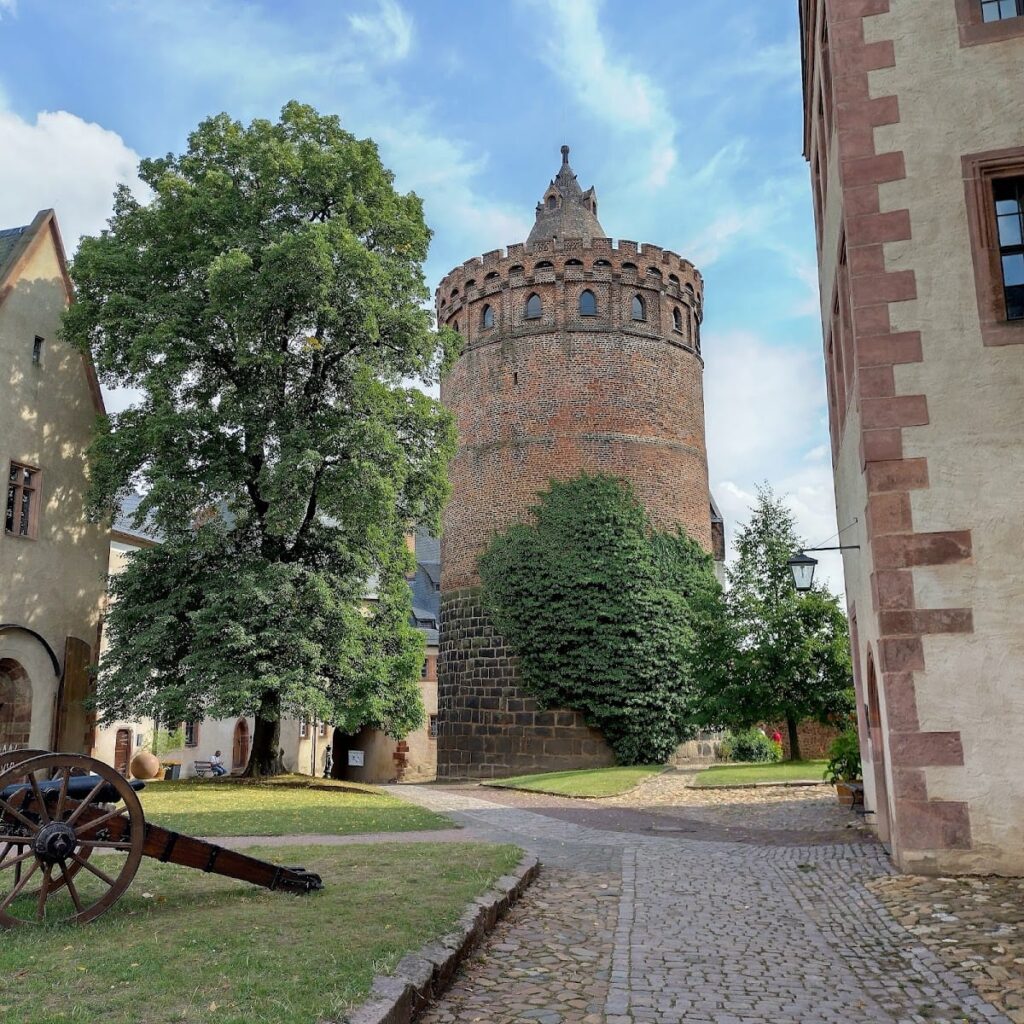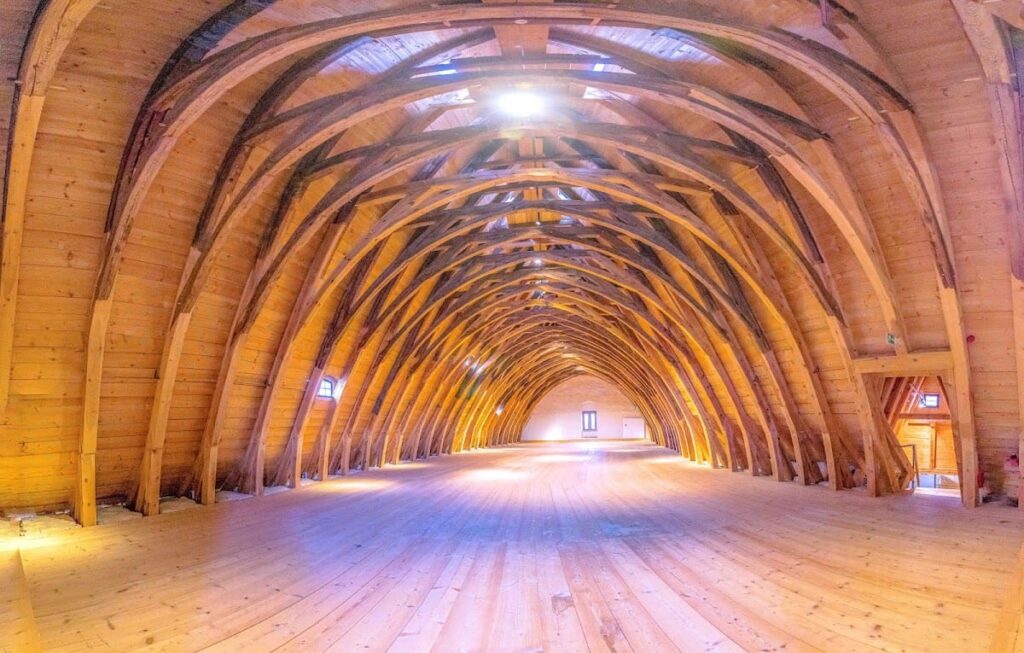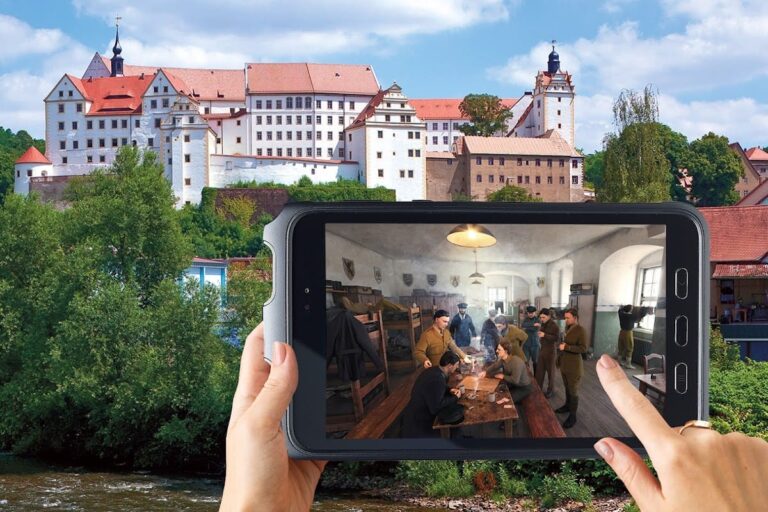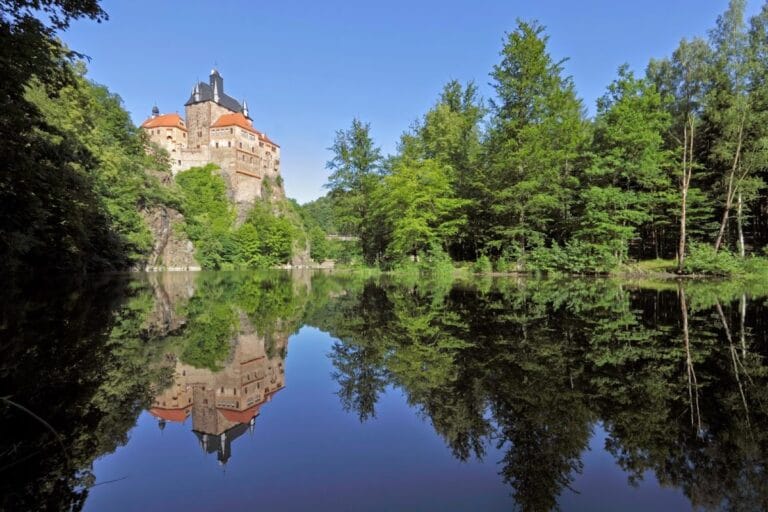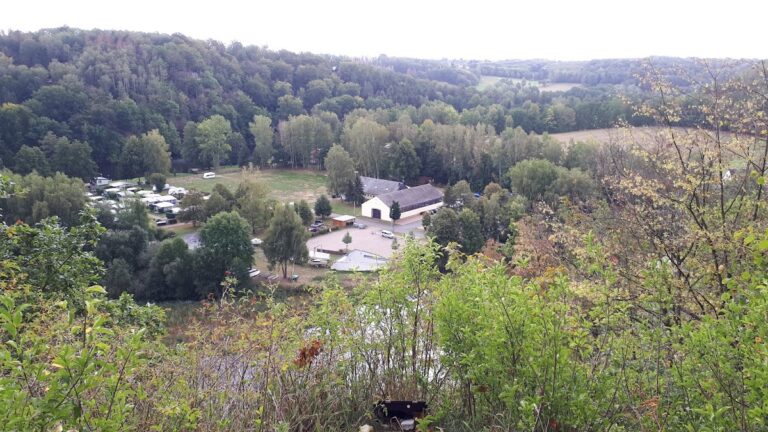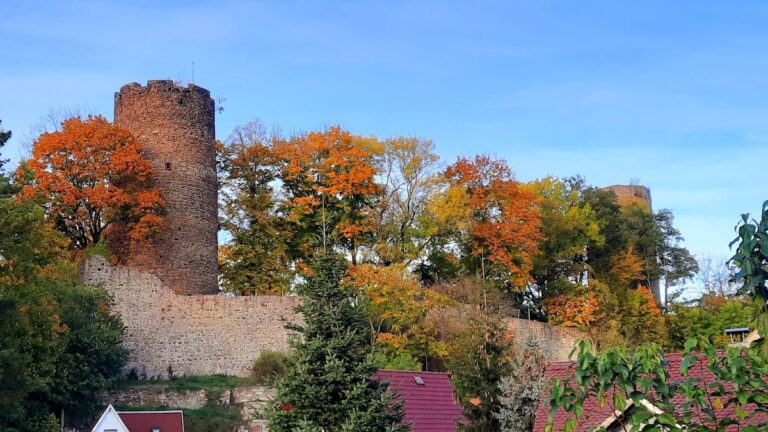Mildenstein Castle: A Historic Fortress and Museum in Leisnig, Saxony
Visitor Information
Google Rating: 4.7
Popularity: Medium
Google Maps: View on Google Maps
Official Website: www.burg-mildenstein.de
Country: Germany
Civilization: Medieval European
Remains: Military
History
Mildenstein Castle, originally called Burg Leisnig, stands in Leisnig, Saxony, Germany. It was likely built in the 10th century as an imperial fortress known as a Burgward, part of early German efforts to settle eastward. The first written record dates to 1046, when Emperor Heinrich III granted the Burgwards of Colditz, Rochlitz, and Leisnig to his wife, Agnes of Poitou.
In 1084, Emperor Heinrich IV granted the castle to Wiprecht of Groitzsch. Around 1100, Wiprecht constructed a Romanesque chapel, which remains the oldest surviving building on the site. Ownership shifted through marriage and sale, passing in 1143 to the Franconian earl Rapoto von Abenberg and five years later to Duke Friedrich III of Swabia, later Emperor Barbarossa. In 1158, Barbarossa declared the castle imperial property linked to the emperor’s office and enfeoffed it to the Burgraves of Leisnig.
During the early 13th century, the ministeriales family von Mildenstein held the castle but lost it after a dispute over tithes. In 1232, Margrave Henry the Illustrious seized the fortress. The Burgraves of Leisnig grew influential, founding Buch Abbey in 1192 and acquiring several lordships. However, they lost their imperial immediacy and sold the burgraviate in 1365 after coming under the Margraves of Meissen’s authority.
Under Margrave Wilhelm I in the late 14th century, the castle was rebuilt for administrative use and ceased to serve as a residence. It became the seat of the Amt Leisnig, a local administrative district. The castle suffered significant damage during the Thirty Years’ War in the 17th century. In 1706 and 1707, Stanisław Leszczyński, an anti-king opposing Augustus the Strong, temporarily lived there.
Throughout the 18th and 19th centuries, the castle housed the regional court, prison, and apartments for officials. Starting in 1798, the Mirus family developed a romantic park around the castle, adding artificial ruins and a rock tunnel built in 1866. Since 1890, the castle has operated as a museum. A small zoo existed on the grounds from 1964 until 1990. Archaeological findings also reveal prehistoric settlement on the castle’s rock spur before its construction.
Remains
Mildenstein Castle is built on a rocky spur above the Freiberger Mulde river, situated on an ancient lava dome made of rhyolite, a volcanic rock known locally as Leisniger Quarzporphyr. The castle complex is divided into several sections: the Hinterschloss (inner ward), Mittelschloss (middle ward), Vorderschloss (outer ward), and a former second outer ward called Burglehn, which has mostly disappeared and merged into the town.
The inner courtyard features a large Bergfried, or main tower, dating from the late 12th century. This tower stands 32 meters tall with a diameter of 14 meters. Its lower eight meters are constructed from locally quarried quartzite blocks, while the upper parts are made of brick. The original entrance was located 13 meters above the courtyard floor and was accessible only by ladders or removable stairs. The tower was partly dismantled in 1791 due to decay but restored in 1875. Today, it serves as an observation tower.
A second Bergfried, located in the outer ward, dates from the first half of the 13th century. The gatehouse, which controls access to the castle, was built in the late 12th or early 13th century. The Romanesque chapel, constructed around 1100, was rebuilt around 1400, with a Gothic choir added between 1400 and 1420.
In the late 14th century, Margrave Wilhelm I oversaw extensive remodeling. This included the addition of the Herrenhaus (lord’s residence), the Pagenhaus (quarters for squires), and a granary notable for its roof structure. These buildings largely define the castle’s current appearance.
The castle’s defensive walls and towers reflect its medieval military and administrative roles. Having two Bergfriede is unusual for Saxony. The castle remains well preserved, with many original structures intact. The surrounding romantic park includes artificial ruins and a rock tunnel constructed in 1866, enhancing the historic landscape. Inside, the castle houses a museum with exhibitions on Christian art, noble life, early modern administration, and prison history.



